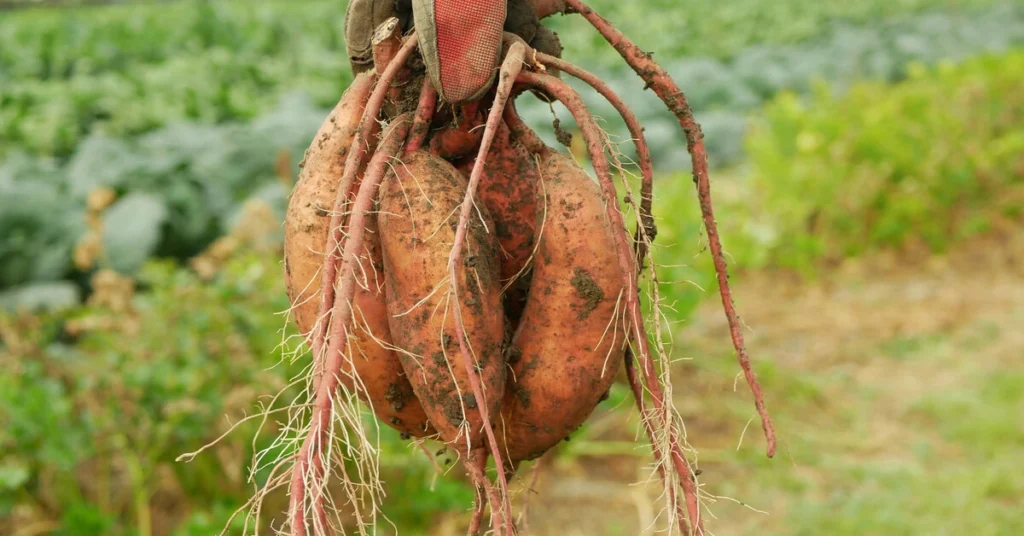If you are a gardener or a plant enthusiast, you often wonder about bulbs, corms, rhizomes, and tubers. All four are types of plants with underground food storage structures.
This article explains the difference between bulbs, corms, rhizomes, and tubers, providing helpful information for your gardening journey.
Bulbs: Storehouse of New Plant Life
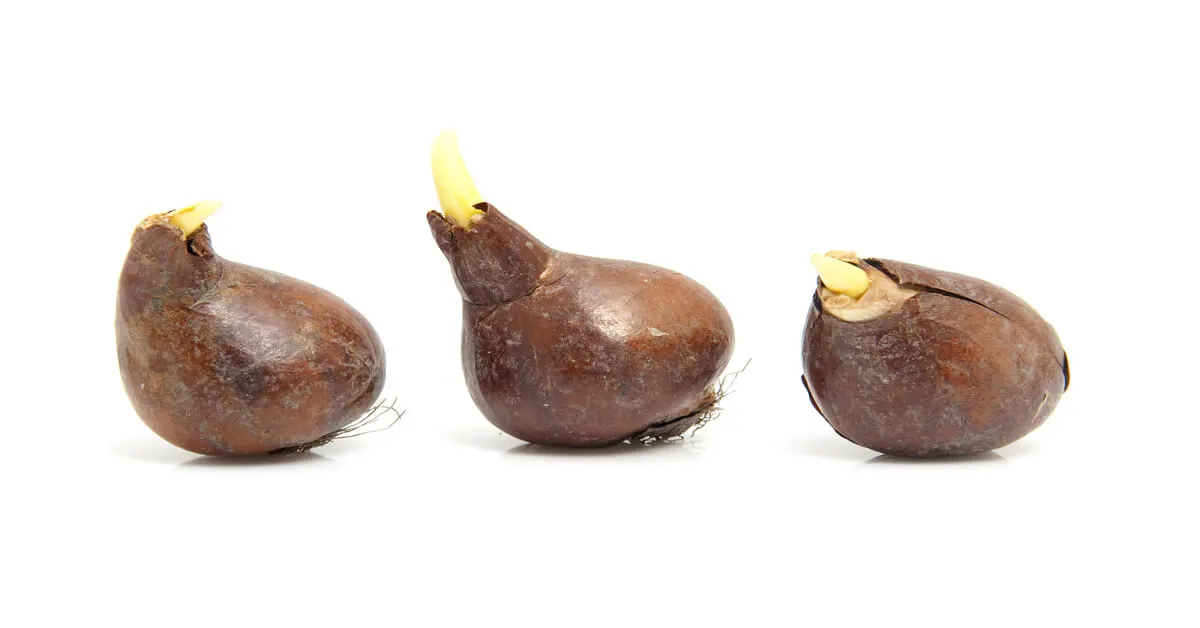
A bulb, often called a ‘true bulb,’ is a perennial structure. It is a modified, underground stem surrounded by modified leaves. These structures store nutrients and help in the growth of new plants.
The bottom of the bulb, the basal plate, is where roots grow. Bulbs consist of layers of these modified leaves, which surround a bud in the center of the bulb. This bud is the growing point from which the stem, leaves, and flower sprout.
Examples of true bulbs include tulips, daffodils, hyacinths, and many others. Large bulbs, like tulips and daffodils, are easy to grow and typically bloom year after year. On the other hand, small bulbs may require some additional care.
Corms: Similar to Bulbs, But Not Quite the Same
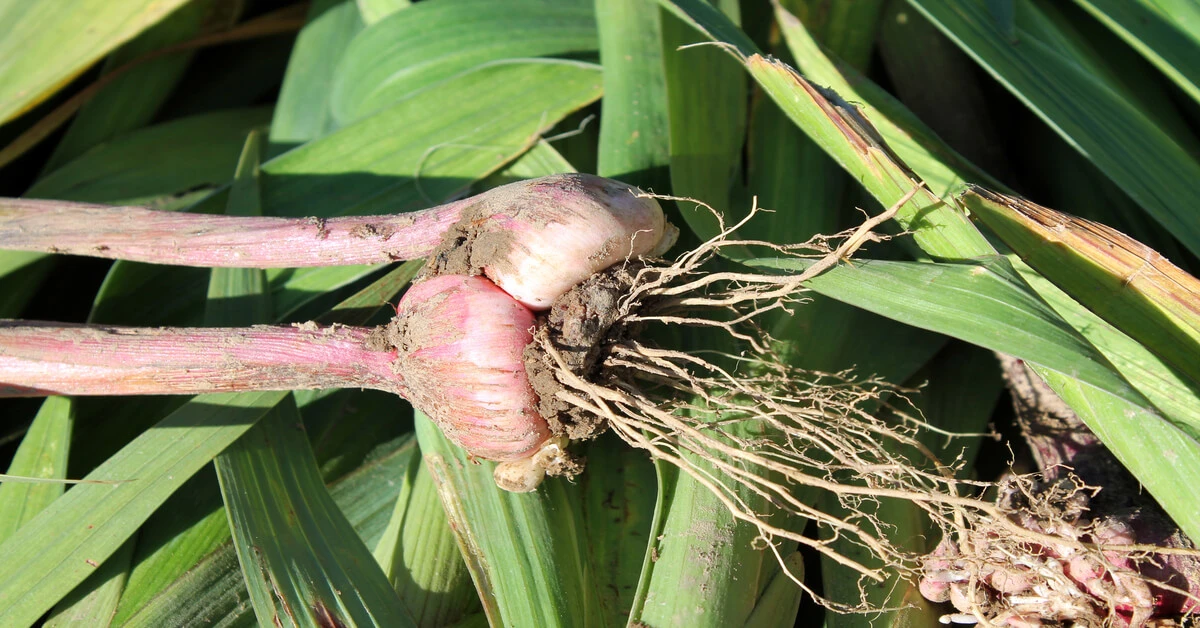
Though corms look like bulbs, corms are quite different. A corm is a short, vertical, swollen underground stem that serves as a food storage organ. The corm has a growing point at the top, which allows it to sprout.
Unlike bulbs, corms do not have layers. Instead, the entire corm is used to store food, which enables it to grow new plants. The old corm becomes depleted at the end of the growing season, and a new corm grows on top of it.
Examples of corms include crocus and gladiolus. These perennial plants grow new corms every season, making them popular among gardeners.
Rhizomes: Horizontal Stems That Grow Underground
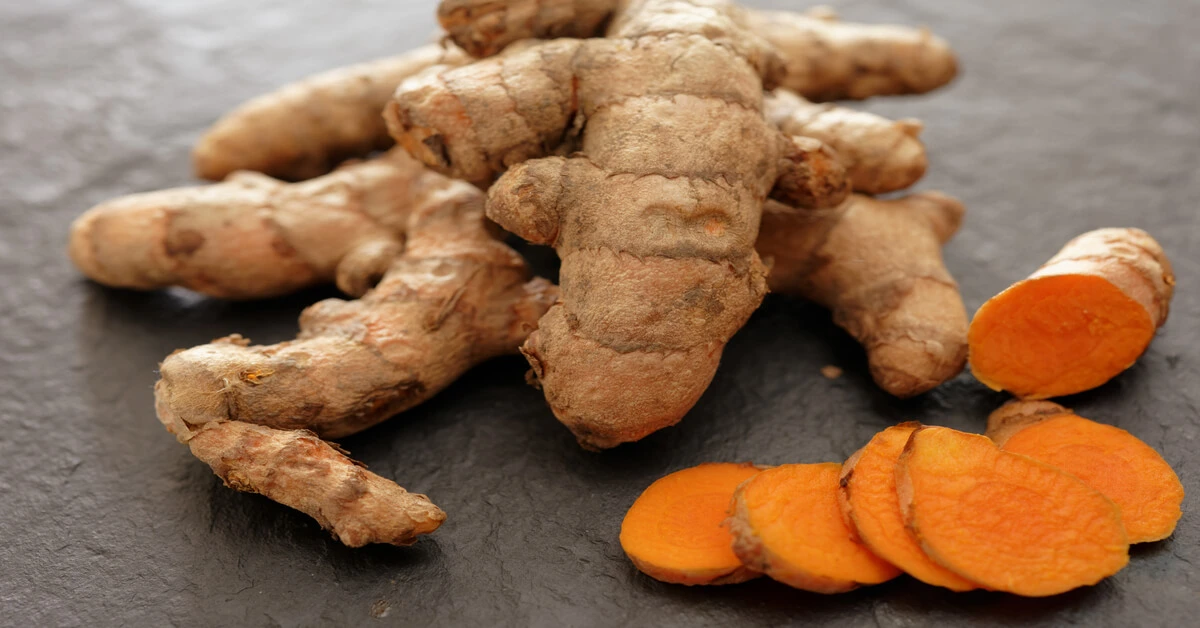
Rhizomes are underground stem-like structures that grow horizontally. A single rhizome produces many stems and leaves. Unlike true bulbs and corms extending vertically, rhizomes grow along or under the soil’s surface.
The original rhizome grows horizontally, producing buds and roots along its segments. Each bud can grow into a new plant, ensuring the plant’s survival and propagation.
Examples of rhizomes include iris and certain species of bamboo. These plants use rhizomes to spread and colonize new areas quickly.
Tubers: Nutrient Reserves for Plant Growth
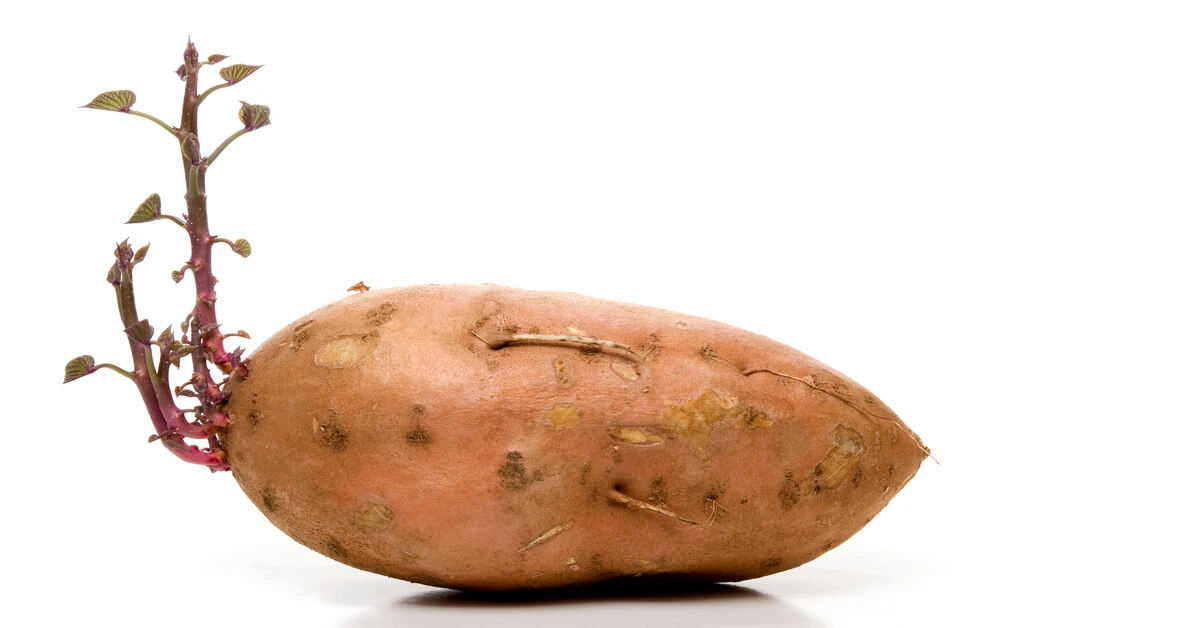
Tubers are swollen, underground stems that store nutrients. There are two types of tubers – stem tubers and root tubers. Stem tubers, like potatoes, form at the end of a modified, underground stem. Root tubers, such as sweet potatoes, form on roots.
Tubers are formed from the enlargement of a section of a stem or root. At the bottom of the tuber, roots grow. The eyes of the tuber (the small indentations on the surface) are the buds from where new tubers sprout.
Examples of tubers include potato and yam. Tubers are hearty and can be left in the ground yearly, continually producing new tubers.
Concluding the Differences
Understanding the difference between bulbs, corms, rhizomes, and tubers is crucial for gardening. They are all underground stems or modified structures where plants store food.
Bulbs and corms are vertical structures, with bulbs having layers and corms solid. Rhizomes are horizontal stems that grow new plants from their buds. Tubers, both stem and root types, are nutrient stores that can produce new plants from their buds.
By understanding these differences, you can better cater to your plant’s needs, allowing them to grow healthily and beautifully in your garden.

